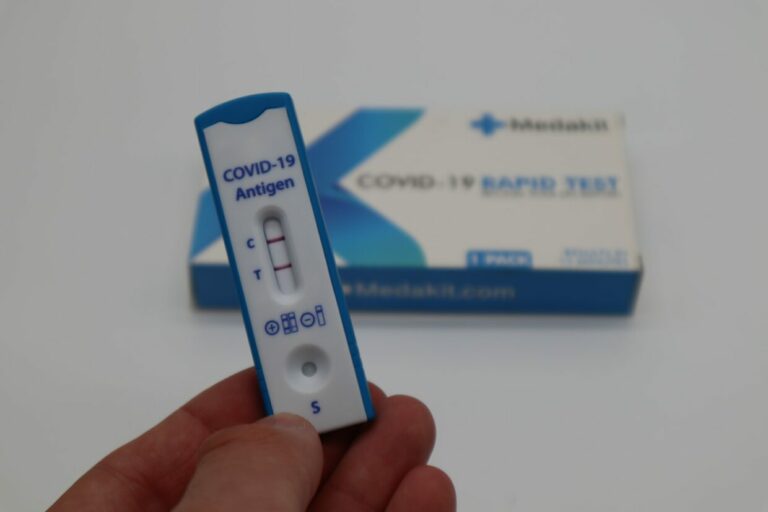As the COVID-19 pandemic continues to evolve, it’s important for individuals and organizations to take steps to prevent the spread of the virus.
One tool that has been developed to help with this effort is the rapid antigen test or RAT test. In this blog post, we’ll explain what a RAT test is and how it can be used to prevent the spread of COVID-19.
What is a RAT Test?
A rapid antigen test is a diagnostic tool that is used to detect the presence of a specific virus or other pathogen in a person’s body.
The test works by identifying proteins or other markers that are unique to the virus in question.
RAT tests are designed to be quick and easy to administer, with results typically available within a few hours. They can be performed in a variety of settings, including hospitals, clinics, and even at home.
How RAT Tests Can Help Prevent the Spread of COVID-19
One of the most effective ways to prevent the spread of COVID-19 is through the identification and isolation of infected individuals.
By identifying people who are currently infected with the virus, it is possible to take steps to prevent them from spreading the virus to others.
RAT tests are particularly useful for this purpose because they can provide results quickly, allowing infected individuals to be isolated and treated as soon as possible.
This can help to slow the spread of the virus and protect vulnerable populations, such as those in long-term care facilities or those with underlying health conditions.
In addition to helping to identify and isolate infected individuals, RAT tests can also be used to screen people for COVID-19 before they enter settings where they may come into contact with vulnerable populations.
This can include hospitals, nursing homes, schools, and other places where people may be at higher risk of infection.
Limitations of RAT Tests
While RAT tests are a valuable tool for detecting the presence of COVID-19, they do have some limitations.
One of the main limitations is that they are less accurate than other types of diagnostic tests, such as PCR tests.
This means that it is possible for a RAT test to produce a false negative result, where the test indicates that a person is not infected when they are actually infected.
It is also important to note that RAT tests are not a replacement for other preventive measures, such as wearing a mask, practising physical distancing, and frequent hand hygiene. These measures should be used in combination with RAT testing to provide the best protection against the spread of COVID-19.
RAT tests are a useful tool for identifying and isolating infected individuals and preventing the spread of COVID-19.
While they have some limitations, they can be an effective way to identify and isolate infected individuals and protect vulnerable populations. It is important to use RAT tests in combination with other preventive measures to provide the best protection against the spread of COVID-19.




